After I finished my first year of retirement, I found this book. Mr. Gilbert’s book is thoughtful and introspective in his analysis and reflections. His advice would be to read this book and start thinking about all of this at least three years before you are considering retiring. I would say that anywhere from one […]
Book Genre: Non-Fiction

Keys to a Successful Retirement: Staying Happy, Active, and Productive in Your Retired Years
Fritz Gilbert
2020
Read: 2024
Non-Fiction, Reading Now

The Ideal Team Player: How to Recognize and Cultivate The Three Essential Virtues
Patrick M. Lencione
2016
Read: 2024
Education/Leadership, Non-Fiction, Reading Now
One of my favorite parts of my career in public education is the teams that I have been fortunate to be a part of. I wrote a post on my love of teams back in 2020, celebrating teams that included: History classes that I taught New teachers (and eventually veteran ones too) at San Lorenzo […]

The Comfort Crisis: Embrace Discomfort To Reclaim Your Wild, Happy, Healthy Self
Michael Easter
2021
Read: 2024
Non-Fiction, Reading Now, Spirtuality
After I wrote my blog post on doing something that sucks everyday, my sister-in-law Libby recommended that I read this book. It was an outstanding recommendation. Michael Easter does a wonderful job of telling the story of a highly challenging hunting trip to Alaska, weaving in research on how we 21st century humans have it […]
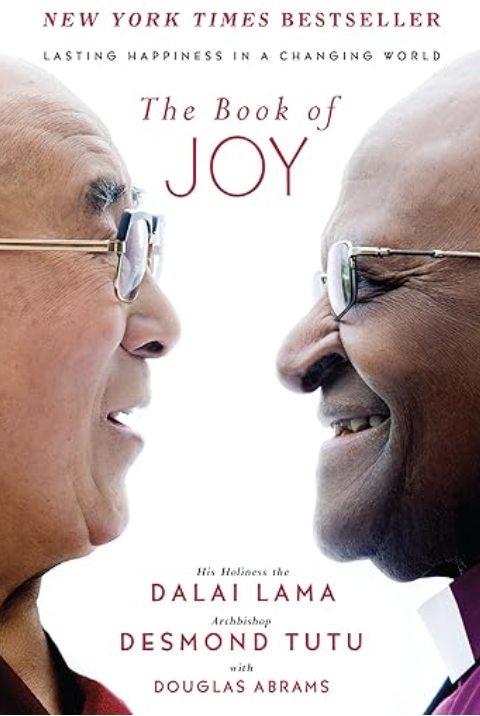
The Book of Joy: Lasting Happiness in a Changing World
Dalai Lama, Desmond Tutu, Douglas Carlton Abrams
2016
Read: 2023
Non-Fiction, Spirtuality
Wow. This is an amazing book. This is a book I will be re-reading for many, many years. The narrator of the book chronicles a series of conversations between the Dalai Lama and Desmond Tutu. Both of these men are regarded by their respective religions, and by most of the world, as holy men of […]

The Champion’s Mind: How Great Athletes Think, Train, and Thrive
James A. Afremow
2013
Read: 2023
Education/Leadership, Non-Fiction
I bought this book after a series of disappointing times in a swim meet late in 2023. There’s no swimming advice in here. I’ll certainly continue searching for that. Nor is there a road map to better conditioning, which is all on me to get done. But what Mr. Afremow talks about is what kind […]
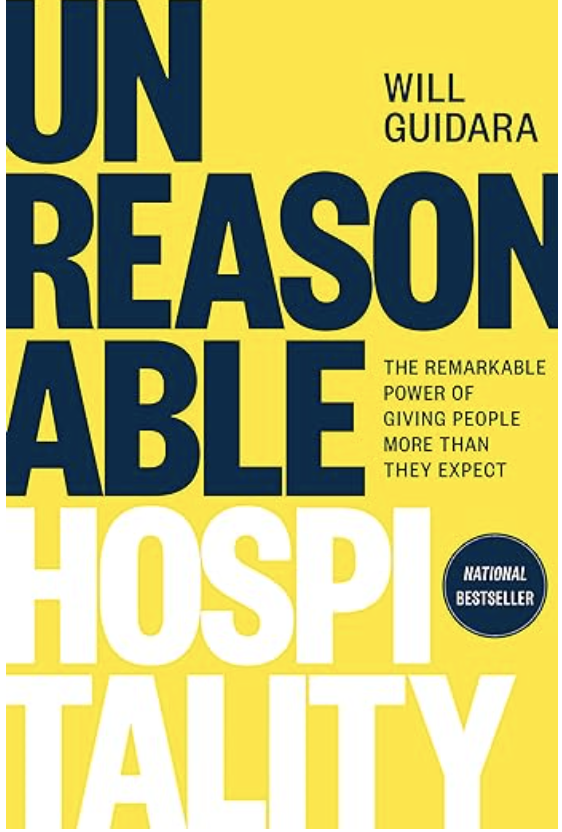
Unreasonable Hospitality: The Remarkable Power of Giving People More Than They Expect
Will Guidara
2022
Read: 2023
Education/Leadership, Non-Fiction
My friend Marcia recommended this book. She is a highly successful businesswoman who has developed a successful business that thrives on making her clients feel special, connected, and karma-rich. After reading the book, I can see why she loved it. Will Guidara tells his story of how he took an excellent restaurant and turned it […]
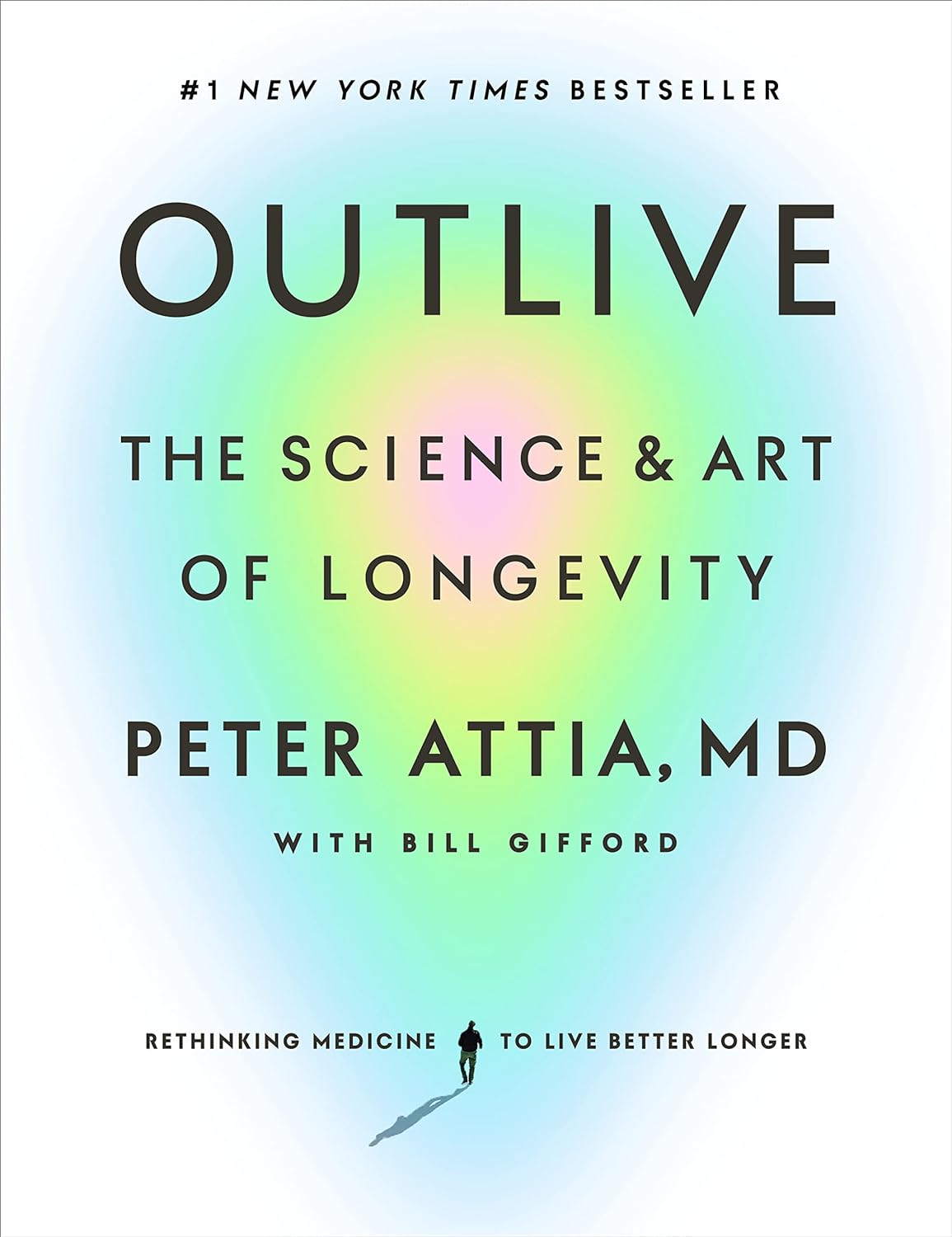
Outlive: The Science and Art of Longevity
Peter Attia
2023
Read: 2023
Non-Fiction
I’m in my sixties, and, although I’m believe that I am at peace with whatever the future brings, I want to live the longest healthy lifespan that I can. “Healthy lifespan” is a Peter Attia term. He is trying to figure out not just how we can live longer, but how we can have as […]
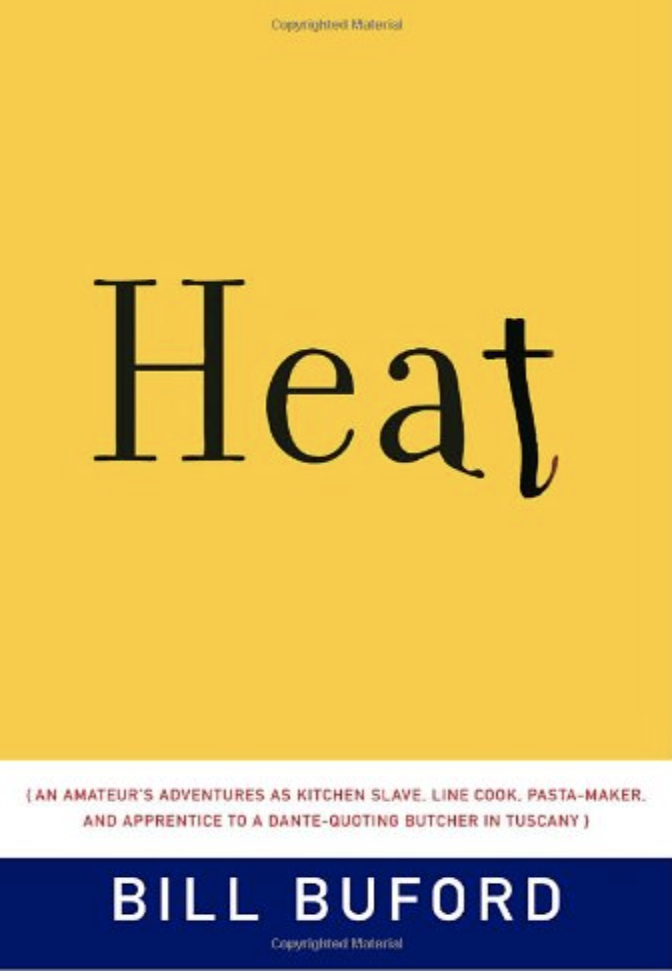
Heat: An Amateur’s Adventures as Kitchen Slave, Line Cook, Pasta-Maker, and Apprentice to a Dante-Quoting Butcher in Tuscany
Bill Buford
2006
Read: 2023
Cooking, Non-Fiction
You almost don’t need to read the book after getting through the world’s longest title. I learned about Bill Buford after I wrote a post offering a list of summer reading books. Holly, a frequent contributor to comments on the blogsite, suggested both Heat and Dirt, by Bill Buford. I read Dirt first, about experiences […]
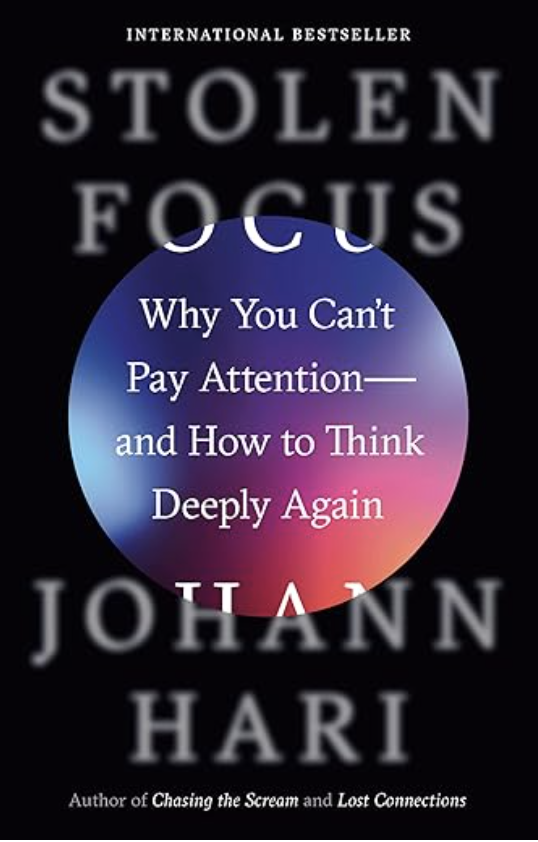
Stolen Focus: Why You Can’t Pay Attention and How to Think Deeply Again
Johann Hari
2022
Read: 2023
Education/Leadership, Non-Fiction, Reading Now
My friend Jenn loaned me this book. That means I read it as a paperback, instead of Kindle-ing it. I read less than 10% of my books in hard copy. This was a perfect one to choose to be part of that 10%. This is a book about why we are distracted, and the forces […]

The Life and Times of the Thunderbolt Kid
Bill Bryson
2006
Read: 2023
Non-Fiction
My dad recommended this book to me – he may have even given me a copy of the book to read. It sat on my desk for a few years, but after I posted my summer reading blog post, he recommended it again. So I finally read it. Bill Bryson is author most famous for […]
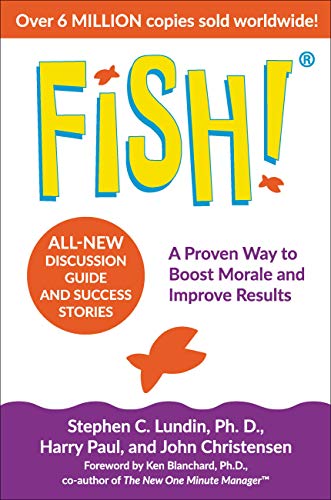
Fish!: A Proven Way to Boost Morale and Improve Results
Read: 2023
Education/Leadership, Non-Fiction
If you have ever been to the Pike Street Fish Market in Seattle, it’s a fun and joyful place. These three authors researched what makes it such a great place to work, and then they started using it as a motivational tool for individuals. This is a super quick read, and here are the four […]
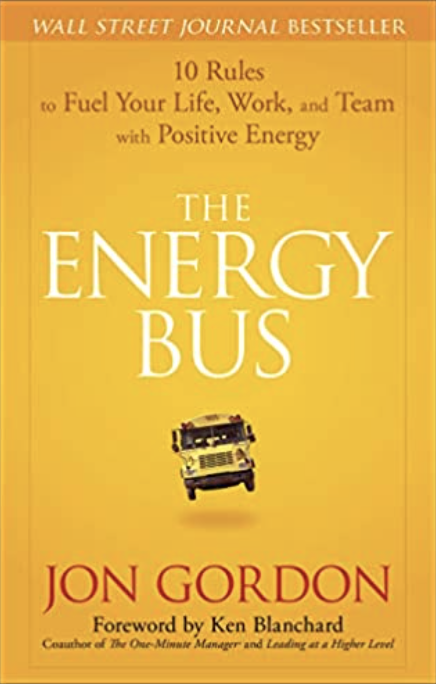
The Energy Bus: 10 Rules to Fuel Your Life, Work, and Team with Positive Energy
Jon Gordon
2007
Read: 2022
Education/Leadership, Non-Fiction
This is a super fun book. Even though it was published before The Power of Positive Leadership, I read it afterwards. This is written as a fable – a tale of a bus full of positive people with positive energy and their impact on a rather negative man whose life is not going the way he […]
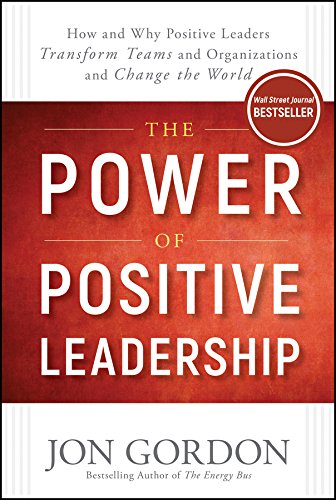
The Power of Positive Leadership
Jon Gordon
2017
Read: 2022
Education/Leadership, Non-Fiction
When I started as superintendent of the Placentia – Yorba Linda Unified School District, they had already adopted the theme of positive leadership for the year. I read Jon Gordon’s Positive Leadership as I explored the theme. Those of you who know me know that I am extremely optimistic and relentlessly positive. Unlike Candide, I do not […]
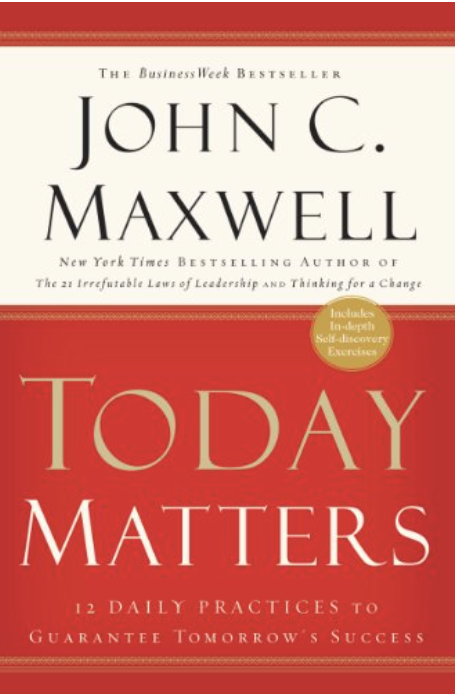
Today Matters: 12 Practices to Guarantee Tomorrow’s Success
Read: 2023
Education/Leadership, Non-Fiction
My friend Rick Lopez is a devout follower and fan of John Maxwell. Since Rick is probably the most organized and intentional person I’ve ever met in my life, I figured I should familiarize myself with Mr. Maxwell’s thinking. “Pulitzer prize-winning journalist William Allen White observed, ‘Multitudes of people have failed to live for today. […]
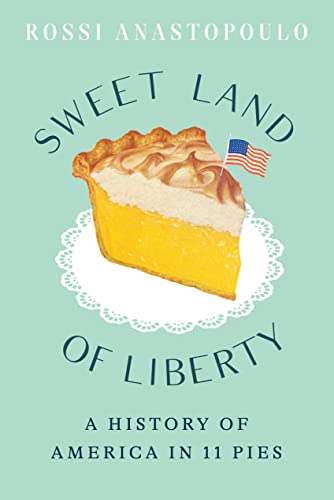
Sweet Land of Liberty: A History of American in 11 Pies
Rossi Anastopoulo
Read: 2023
Cooking, Non-Fiction
In the debate on best desserts. and in the pie vs. cake debate, pie wins for me 100% of the time. Ive had some good carrot cakes, and I’ll eat a sheet cake with a whipped cream frosting, but pie rules. So when I saw that this book was written, I had to read it. […]
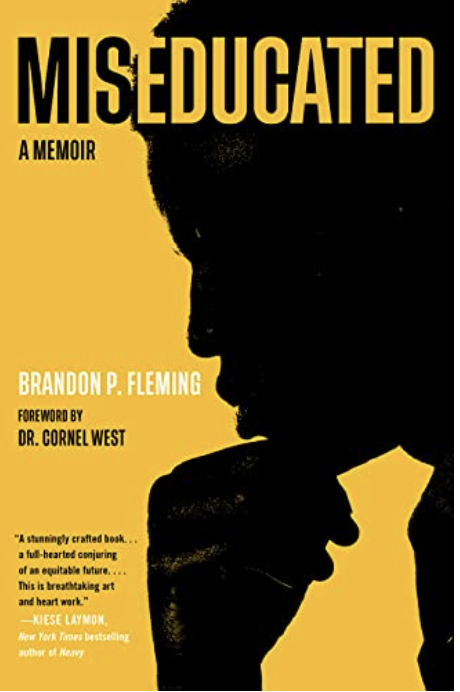
Miseducated: A Memoir
Brandon Fleming and Cornel West
2021
Read: 2023
Education/Leadership, Non-Fiction
I heard Brandon Fleming speak at a school board member conference this year. He was dynamic and engaging, and he told a remarkable story. I bought his book so I could know even more about his story. Fleming is an African-American who excelled in basketball in high school. In spite of virtually no support from […]
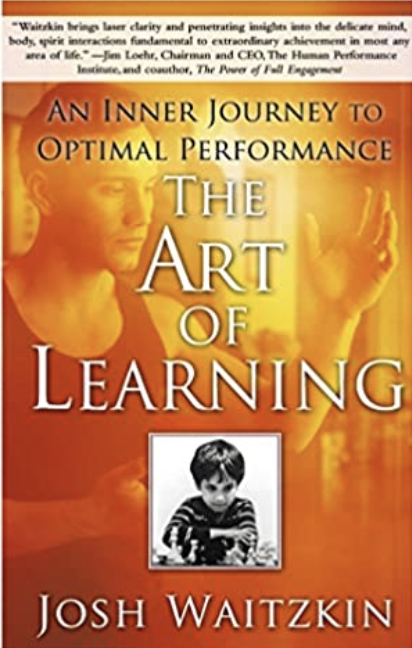
The Art of Learning: An Inner Journey to Optimal Performance
Josh Waitzkin
2007
Read: 2022
Education/Leadership, Non-Fiction
This is yet another book recommended by Scott Fawcett, inventor of DECADES golf. It’s written by Josh Waitzkin who was the kid featured in In Search of Bobby Fisher movie that came out in 1993. He was a chess prodigy, and though he never conquered the world, he was among the best of the best. […]

The Art of Scoring: The Ultimate On-Course Guide to Short Game Strategy and Technique
Stan Utley
2009
Read: 2022
Non-Fiction
I think the way that I learned about this book was through a golf learning program called Decades Golf, taught by Scott Fawcett. I believe he said this book was one of his go to’s. Like Fawcett, he believes that if average golfers kept their swing the same and made no other improvements, walking around […]
Walking in Wonder: Eternal Wisdom for a Modern World
John O'Dohohue
2015
Read: 2022
Education/Leadership, Non-Fiction
My friend Tom recommended this book to me this year. Tom is a fellow superintendent who plans to retire at the end of 2022. He is a talented leader, a musician, and on top of that, a very reflective person. He found this book meaningful to him as he was embarking upon his new journey […]
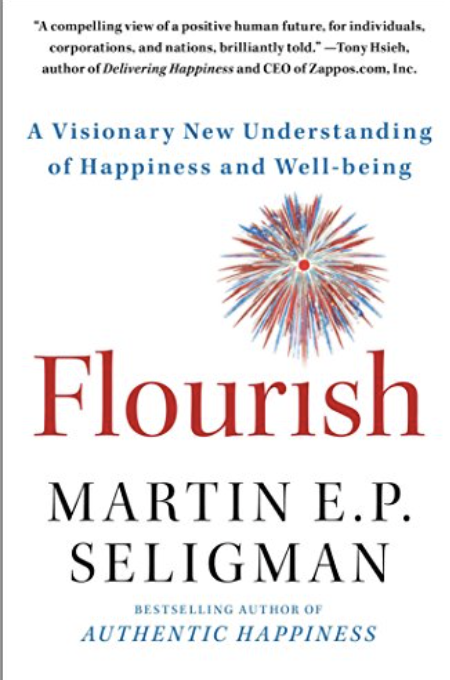
Flourish: A Visionary New Understanding of Happiness and Well-Being
Martin Seligman
2011
Read: 2022
Education/Leadership, Non-Fiction
Martin Seligman is on a mission to change the very nature of psychology. While he looks at drugs and Freudian psychology as techniques that can at least mask and perhaps address the problem, he sees positive psychology as a way for everyone to grow. He does not want to treat PTSD, instead he wants to […]
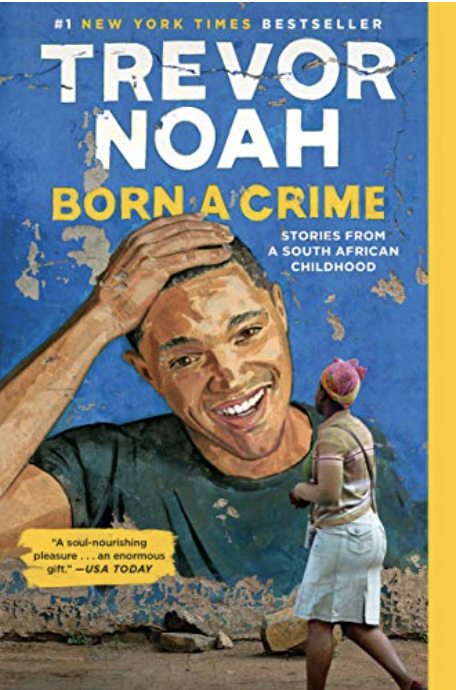
Born a Crime: Stories from a South African Childhood
Trevor Noah
2019
Read: 2022
Non-Fiction
What a life. Those of you who watch the Daily Show (Jon Steward/Steven Colbert/Trevor Noah) know what intelligence, empathy, humor, and wit and takes to lead that effort. Trevor Noah has all of that. But I expected this book to be laugh out loud humorous. He finds a way to lighten it, and there’s humor […]
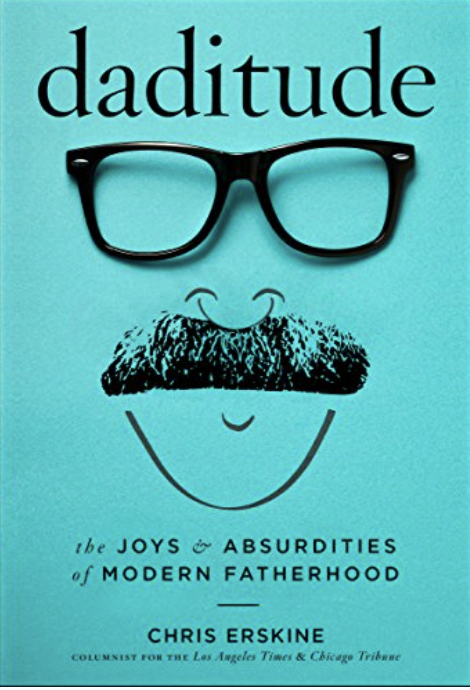
Daditude: The Joys and Absurdities of Modern Fatherhood
Chris Erskine
2018
Read: 2019
Non-Fiction
My favorite columnist in the world is Chris Erskine. He was a twice-a-week columnist in the LA Times for years. He wrote about being a dad, being a friend, being a husband married above his pay grade, and loving almost everything about his adopted home town of Los Angeles. He’s an everyman. A guy you […]
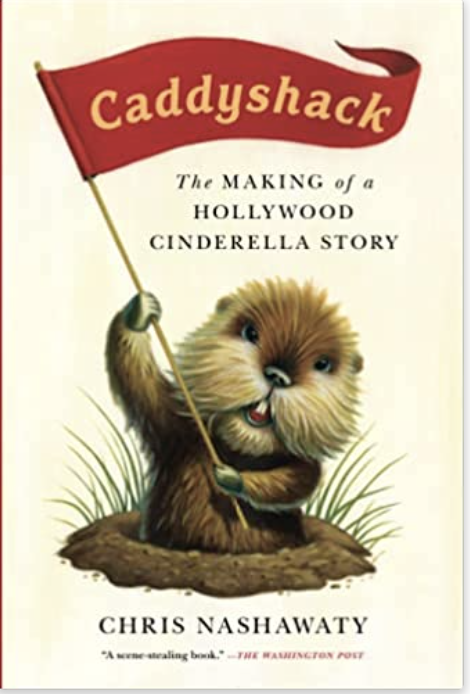
Caddyshack: The Making of a Hollywood Cinderella Story
Chris Nashawaty
2018
Read: 2021
Non-Fiction
Chris Nashawaty’s book details the making of Caddyshack, and even more than you might figure it was, it was a total sh**show. It’s a miracle a film was ever made. You marvel and cringe your way through it, and you feel for all of the comic geniuses who could not hang on to their own lives.
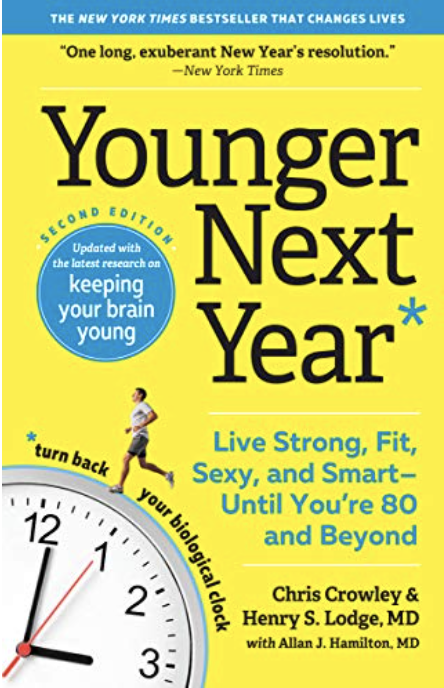
Younger Next Year: Live Strong, Smart, Sexy, and Fit – Until You’re 80 and Beyond
Read: 2022
Non-Fiction, Reading Now
Younger Next Year is a book I keep coming back to. I forget who first turned me on to it, but I read it in my mid-fifties, and it continues to inspire me. The bottom line is that at some point, sometime in our forties or fifties, our bodies want to get old and decay. […]